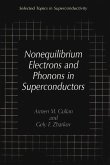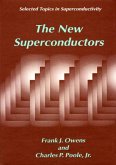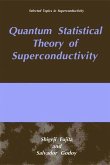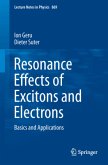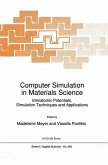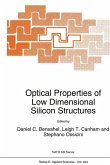th Superconductivity occ upies as pecial, unique place in the 20 century physics. Just think ofi t: its microscopic mechanism was understood only in 1957 46years after the discovery of superconductivity in 1911. In contrast, thetheory ofnormal metals behavior (or, to be more precise, the theory of metals in normal state) wasformed as early as the twenties, immediately f ollowing the creation of quantum mechanics. Moreover, when I took up the theory of superconductivity in 1943, not only microscopic theory was non existent, but even macroscopic superconductivity theory was quiteincomplete. The problem is that the Londons equations, introduced in 1935, allow only aquantitative description ofsuperconductors in magneticf ields weak in comparison with the critical field. Also,even in weakfields, theLondons theory is strictly applicableonly to Type II superconductors although the division ofsuperconductors into Type I and Type II materials was notsuggested until much later, in early 1950 s. Asf ar as nonequilibrium phenomena are conc erned, then until 1943 the most remarkable, yet proved to be fault afterwards, implication was that ofa complete absence ofa ll thermoelectric effects in superconducting state.


